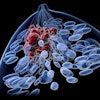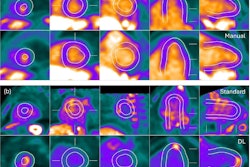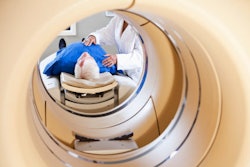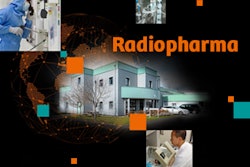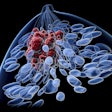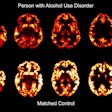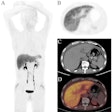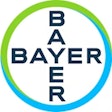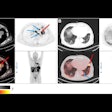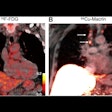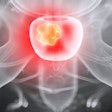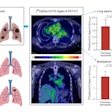Strategies to increase the use of cardiac PET myocardial perfusion imaging (MPI) in the U.S. include education, advocacy, and industry partnerships, according to a study published January 10 in the Journal of Nuclear Cardiology.
Cardiac PET MPI has emerged as a key tool for diagnosing and managing patients with cardiovascular diseases, especially coronary artery disease, yet overall it remains underutilized in the U.S., noted Rupa Sanghani, MD, of Rush University Medical Center in Chicago, and colleagues.
“With combined and focused effort, we can ensure that cardiac PET is widely recognized and utilized as a valuable tool in the assessment of ischemic heart disease,” the group wrote.
In North America, PET MPI using rubidium-82 and N-13 ammonia radiotracers has gained prominence, with its growth driven by superior diagnostic accuracy compared to other imaging modalities and its potential for reducing radiation exposure to patients, the authors explained.
Despite its superb diagnostic performance, data from the Medicare payment database indicates that in 2021, 194,554 PET MPI studies were performed for Medicare patients, while 1,470,751 SPECT MPI studies were performed, a ratio of 7.5 to 1.3, the authors noted.
Also, out of 400 centers in the U.S. that perform PET MPI, many perform a low volume of PET studies, with 56% of the cases in the Medicare database being performed in only 20 hospitals, they noted.
In Canada, PET/CT scanners are now available in all but one province and are publicly funded, yet 80% are primarily used for oncology, with limited and variable use in other imaging areas, they added.
Challenges that limit the growth of cardiac PET services include scanner availability and scan times, radiotracer accessibility, reimbursement discrepancies, a lack of local champions, and a lack of knowledge among referring physicians, the group wrote.
To overcome these challenges, the authors described three main solutions for improving the adoption of cardiac PET, as follows:
Education
There needs to be a strong focus on educating health care professionals, trainees, and referring physicians on the benefits of cardiac PET, including its higher diagnostic accuracy, lower radiation, and the advantages of quantitative flow information, the group wrote.
Advocacy
Advocacy efforts should focus on working with government agencies and payors on broader nationwide insurance coverage, streamlined referral processes to improve access, and new insurance models to lower costs and achieve greater stability and certainty for reimbursement rates.
Partnerships
Partnerships need to be forged between key leaders in the field of nuclear cardiac imaging to promote access, provide high-quality equipment and imaging, improve the quality of research, and improve reimbursement. Industry manufacturers of PET equipment and radiotracers should be engaged to lower their costs and make cardiac PET more cost-effective, they wrote.
Ultimately, changing demographics, such as significant increases in patients with obesity and diabetes, make PET MPI the test of choice for many patient populations, with increased access among these groups potentially leading to improvements in care, the group wrote.
“Although there are challenges in promoting the widespread adoption of cardiac PET, there are a host of solutions that can be implemented with a coordinated effort,” the group concluded.
The full article can be found here.

